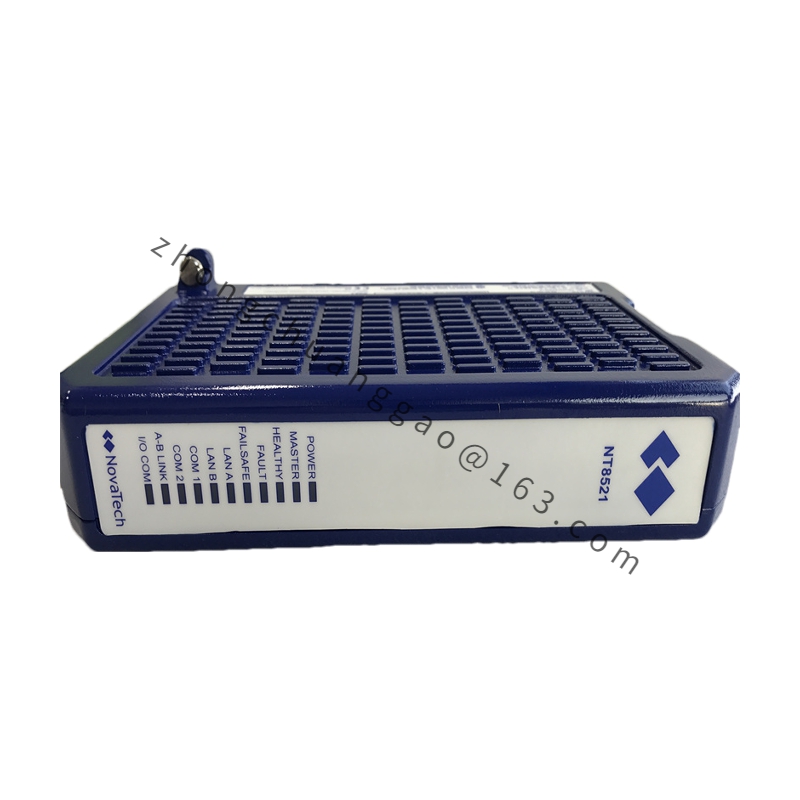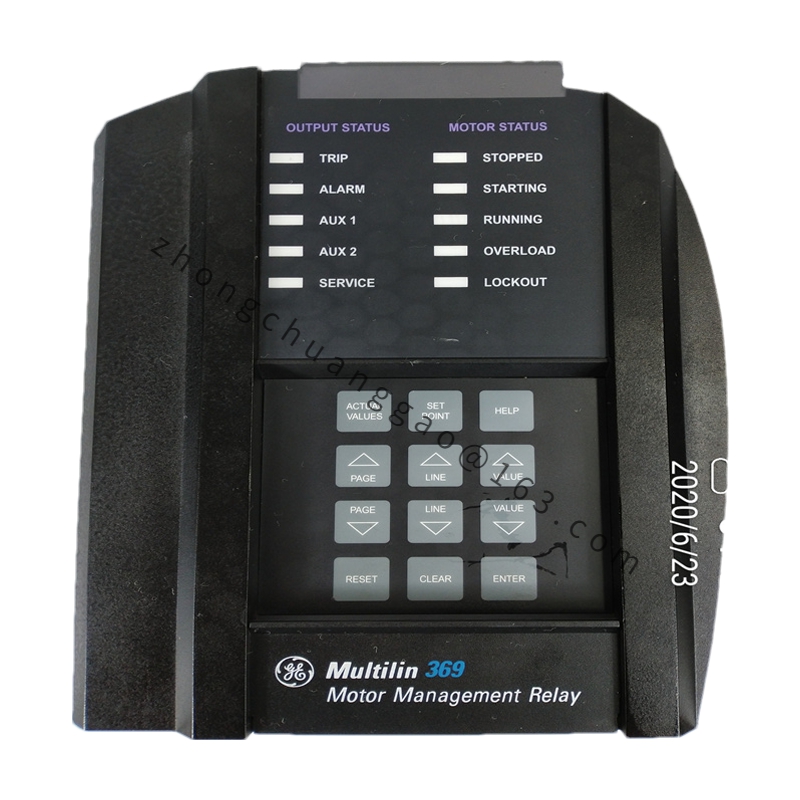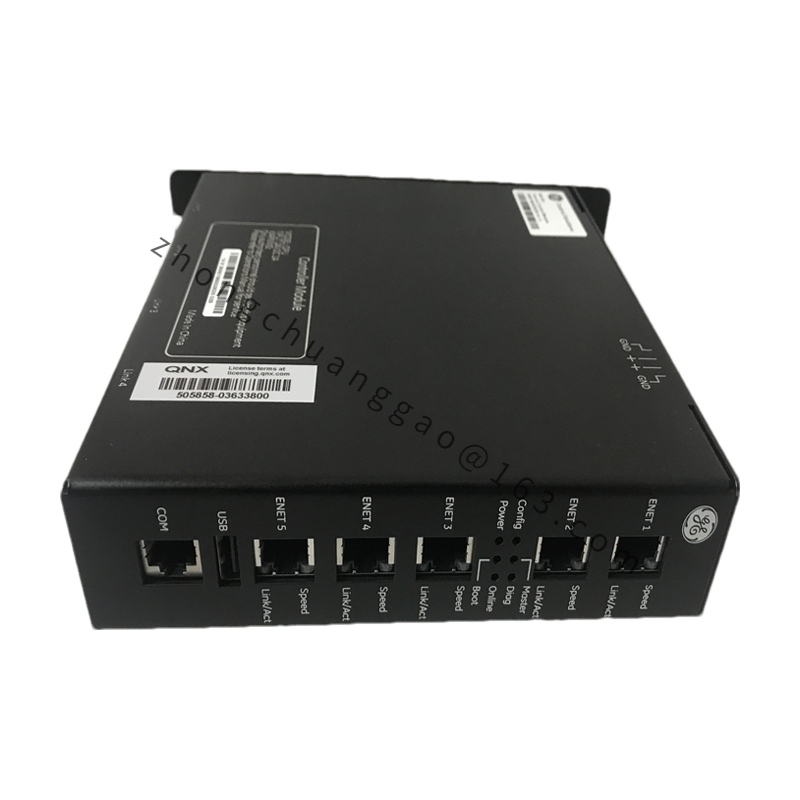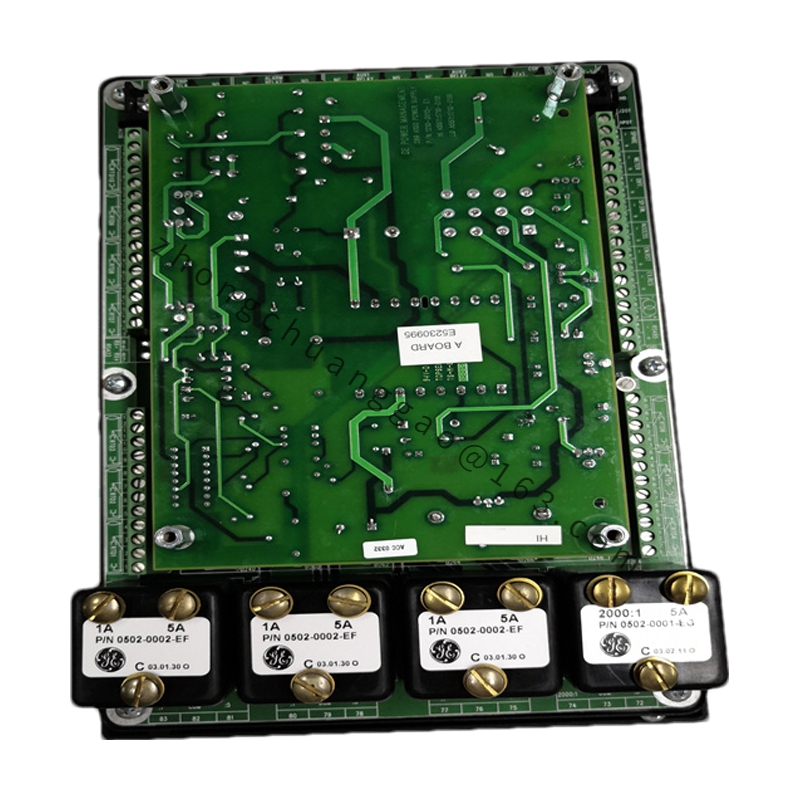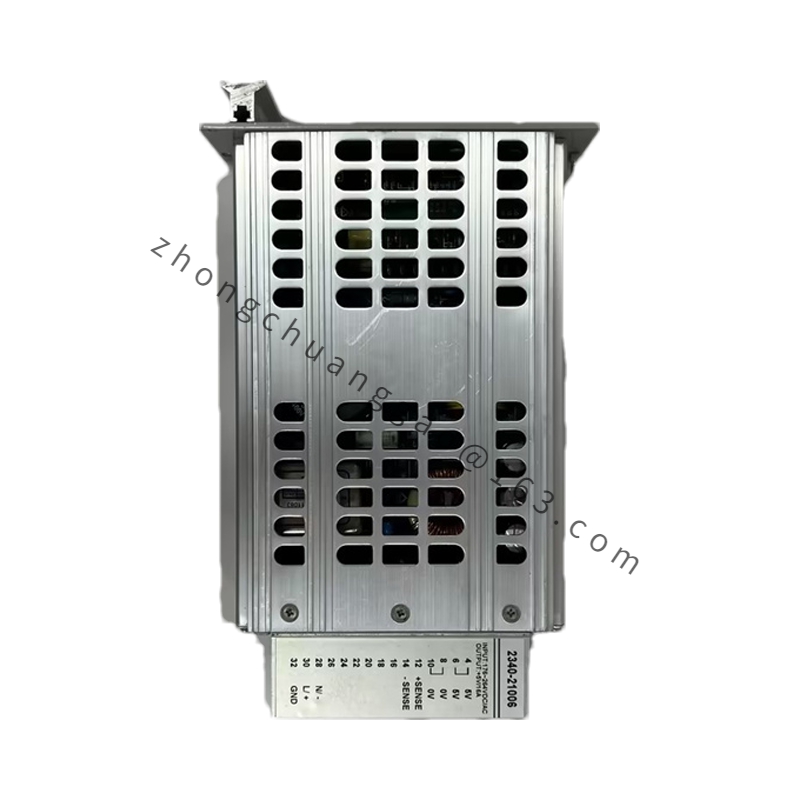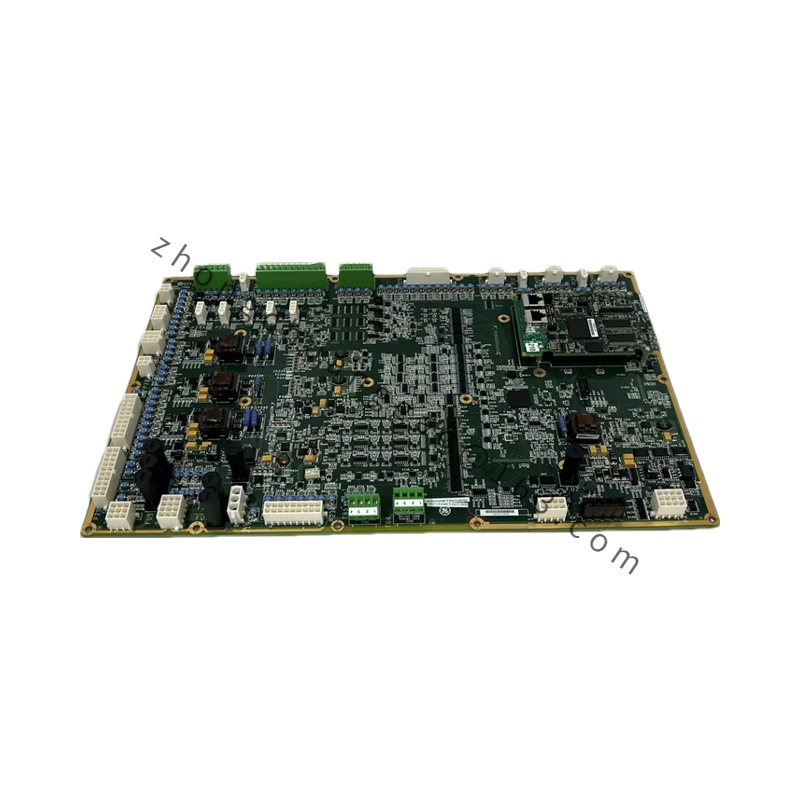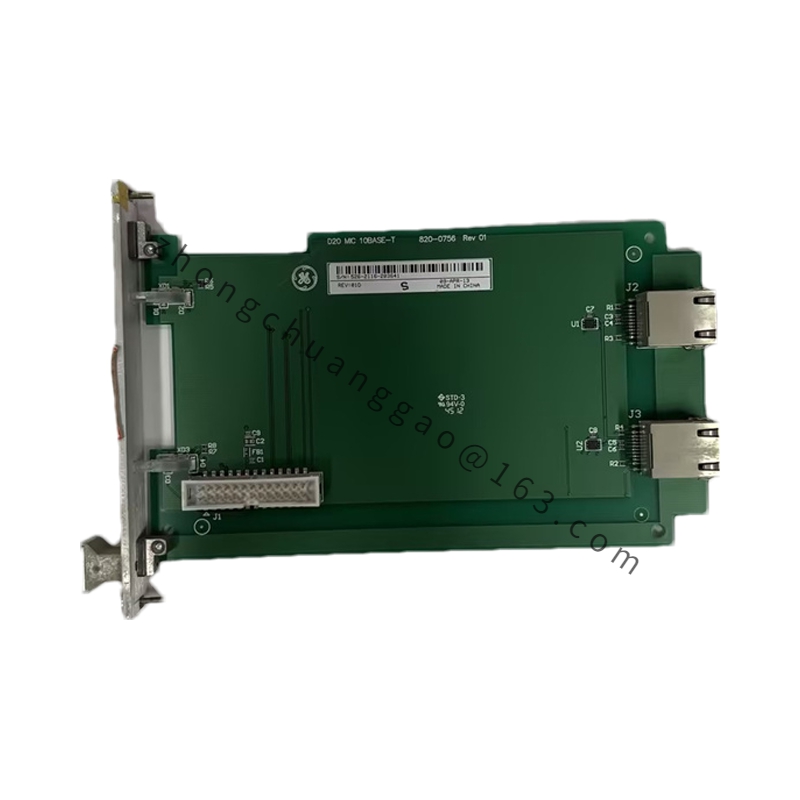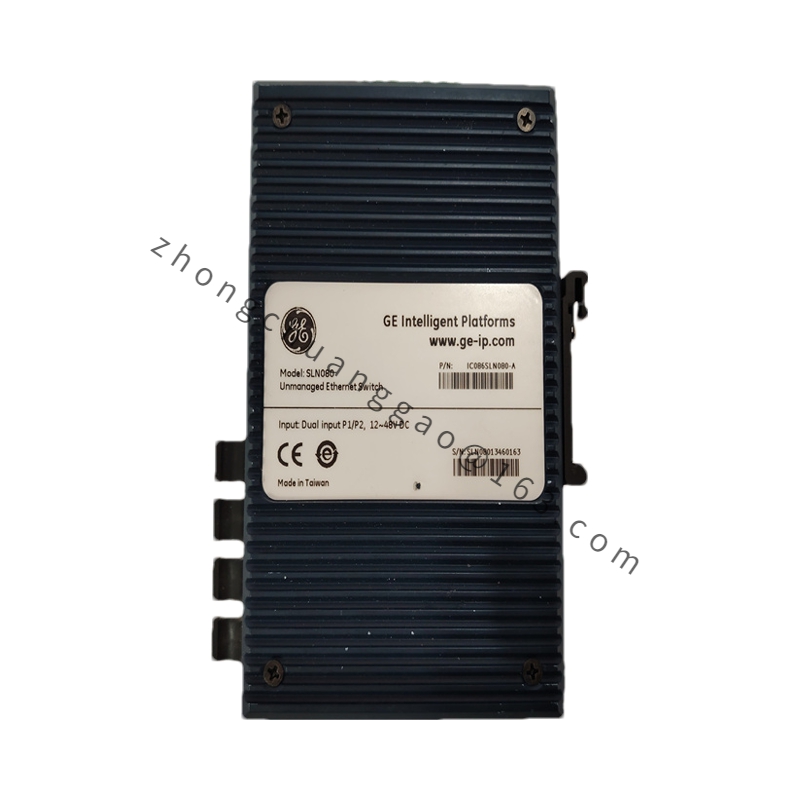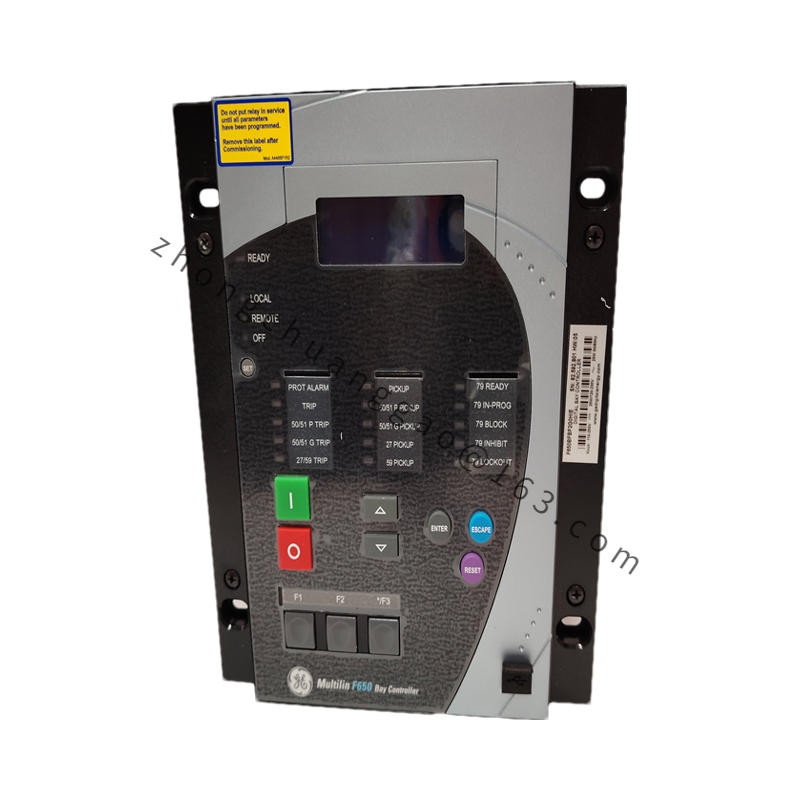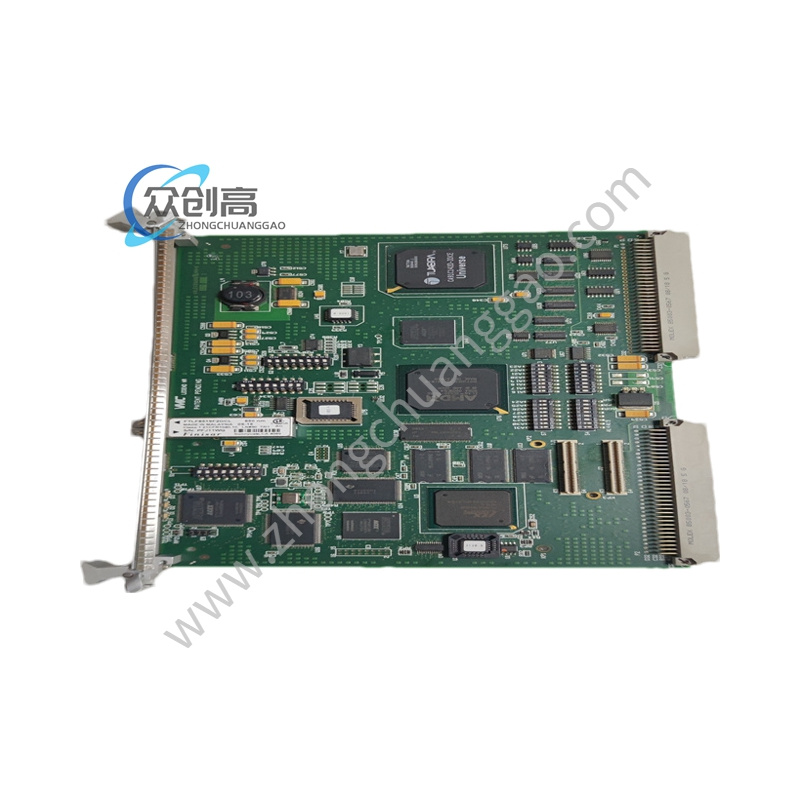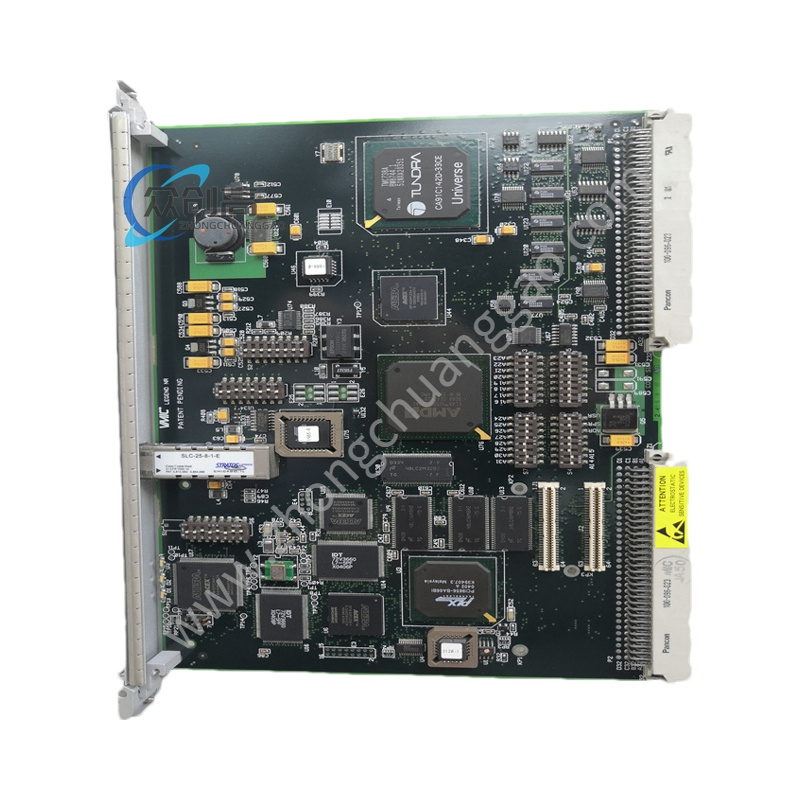Detailed content
Technical Specifications:
- Model: VME162PA-344SE-2G
- Type: VMEbus Processor Card
- Form Factor:
- Bus Type: VMEbus (Versa Module Europe bus)
- Slot Size: Standard VME 6U form factor, suitable for mounting in VME-based systems.
- Processor:
- Processor Type: Includes a high-performance processor, which may be an Intel or other compatible CPU. Specific processor details (e.g., type, speed) should be confirmed with the datasheet.
- Clock Speed: Processor clock speed details should be verified with the datasheet.
- Memory:
- RAM: Typically includes onboard memory for storage and processing. The VME162PA-344SE-2G variant is specified with 2GB of RAM.
- Non-Volatile Memory: May include flash or other non-volatile memory for firmware and system storage.
- I/O and Expansion:
- Digital I/O: Multiple digital input/output channels for interfacing with external devices. Specific configurations should be confirmed with the datasheet.
- Analog I/O: Some versions may include analog input/output channels, depending on the specific configuration.
- Expansion Slots: May provide expansion options for additional I/O cards or modules.
- Communication Interfaces:
- Network Ports: Includes Ethernet or other network interfaces for communication with external systems.
- Serial Ports: Serial communication ports such as RS-232 or RS-485 for connecting to other devices.
- Power Supply:
- Voltage: Operates with standard VMEbus power supplies, typically 5V DC and ±12V DC. Specific power requirements should be detailed in the datasheet.
- Environmental Specifications:
- Operating Temperature: Designed to operate within a specified temperature range suitable for industrial or defense environments. Exact range should be confirmed with the datasheet.
- Humidity: Typically rated for operation in controlled environments. Details on humidity tolerance should be checked in the datasheet.
Functional Features:
- High Performance:
- Processing Power: Equipped with a high-performance processor for demanding applications, including real-time processing and data handling.
- Efficient Memory Usage: Provides ample memory for complex applications and system processes.
- Versatile I/O Capabilities:
- Flexible I/O: Multiple I/O channels for connecting and controlling various peripherals and external devices.
- Expansion Options: Allows for the addition of extra I/O modules and expansion cards.
- Communication:
- Network Integration: Supports network connectivity for integration with other systems and remote communication.
- Serial Communication: Includes serial ports for interfacing with legacy equipment and systems.
- Reliability and Durability:
- Robust Design: Designed to withstand industrial and defense environments, with a rugged construction for reliability.
- Long-Term Operation: Built for continuous operation with minimal maintenance.
- System Integration:
- Compatibility: Compatible with VMEbus-based systems, facilitating integration into existing infrastructure.
- Software Support: Typically supported by a range of software tools for configuration and management.
Applications:
- Industrial Automation:
- Control Systems: Used in industrial control systems for managing and monitoring processes.
- Data Acquisition: Facilitates data acquisition and processing for industrial applications.
- Defense and Aerospace:
- Mission-Critical Systems: Applied in defense and aerospace systems requiring high reliability and performance.
- Embedded Systems: Used in embedded applications where rugged and high-performance processing is required.
- Telecommunications:
- Network Management: Utilized in telecommunications infrastructure for network management and control.
- Research and Development:
- Experimental Systems: Employed in R&D environments for developing and testing advanced technologies.
Additional Information:
- Software Compatibility: Integrates with various software platforms for system configuration, monitoring, and management.
- Installation: Designed for easy integration into VME-based systems with standard mounting and connection options.
- Certification and Compliance: Adheres to industry standards for safety, performance, and electromagnetic compatibility (EMC). Certification details should be verified with the datasheet.


